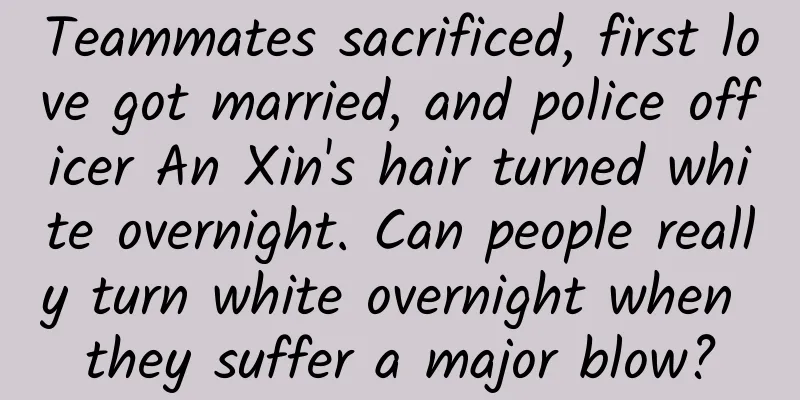Coffee-colored lochia ten days after induced labor

|
Pregnant women will have postpartum lochia. Some pregnant women do not have much lochia, which will disappear in a few days, but some pregnant women have a lot of lochia and cannot be discharged completely. So do those with lochia need uterine curettage? What is lochia in parturient women and how does it occur? Lochia refers to the secretion discharged from the vagina after delivery, which is a mixture of abnormal uterine bleeding, embryonic fragments, fetal membranes, decidua, uterus and cervical secretions. Postpartum lochia is mainly caused by bleeding from the vascular wounds on the surface of the uterus and embryo after the embryo is separated from the uterus. This bleeding is mixed with the remaining fetal membrane or embryonic fragments and discharged. After delivery, the uterus needs to be restored from large to small, and the wound at the interface between the embryo and the uterus also needs to be restored. During the restoration process, secretions and dead tissue will fall off, just like some tissues produced when the wound fester. How long does it take for a woman to have lochia discharged? Generally, lochia of a woman can be discharged within 3 weeks after giving birth. Of course, it depends on the detailed condition of the pregnant woman and varies from person to person. Some pregnant women have lochia as short as 2 weeks (14 days), while some pregnant women reach an average of 6 weeks (42 days). The lochia duration of women who deliver by caesarean section is longer than that of women who deliver naturally. Common postpartum lochia can be roughly divided into three types: terrible lochia, serous lochia, and white lochia, all of which appear at different stages. Horrible lochia. Now a few days after giving birth, there is more blood in the lochia, so the lochia will appear bright red or dark red blood clots, with a slightly fishy smell; then, the color of the lochia will gradually become lighter and dark brown, which is called serous lochia; later, the lochia will turn milky white or yellowish white, with some similar secretions, which is called white lochia, and the lochia will be almost discharged at this time. Does lochia need uterine curettage? Generally speaking, if lochia is not clear, curettage is not necessary. After all, curettage is not a minimally invasive surgery and it is easy to damage the uterus. It is not necessary to do it unless it is absolutely necessary. If mothers continue to have lochia for about two months after giving birth, they can go to the hospital for a B-ultrasound examination to see if there is any residue in the uterine cavity. If there is no residue, it may be bleeding caused by uterine contraction fatigue, which can be treated with oxytocin. |
<<: What to do if you catch a cold after induced labor
>>: What to eat after induced labor is good for the uterus
Recommend
What should girls pay attention to when they have right chest pain?
As the times develop, diseases are also developin...
How to treat urticaria during pregnancy?
When a woman is pregnant, her body's resistan...
How to treat frequent ovulation bleeding
We have mentioned ovulation bleeding before. If i...
Symptoms of heart disease in women
When women have heart problems, they usually have...
Is baking soda suitable for feeding pregnant cows? What effect can baking soda have on cows?
Baking soda is very common in life. It is often w...
What is the disease of genital redness, swelling and ulcers?
Nowadays, most women don’t care much about gyneco...
Can low progesterone cause light menstrual flow?
Low progesterone may cause a small amount of mens...
Should you add salt to steamed sea bass? Why don't you add salt to steamed sea bass?
As we all know, sea bass is a common fish food. T...
A bud grows on the labia minora
The small fleshy particles on the labia minora ma...
What to do if you have pubic pain after cesarean section
Nowadays, many people choose caesarean section, b...
What causes vaginal pain during intercourse?
Sexual intercourse should be a happy thing for co...
Where is the best place to get moxibustion for irregular menstruation
Menstrual irregularity refers to abnormalities in...
Can I drink coffee during my period?
Nowadays, work pressure is getting higher and hig...
The side effects of emergency contraceptive pills, these hazards must be known
There are many types of contraceptives, such as s...
How to deal with breast fibroids?
The formation of breast fibroids is closely relat...









